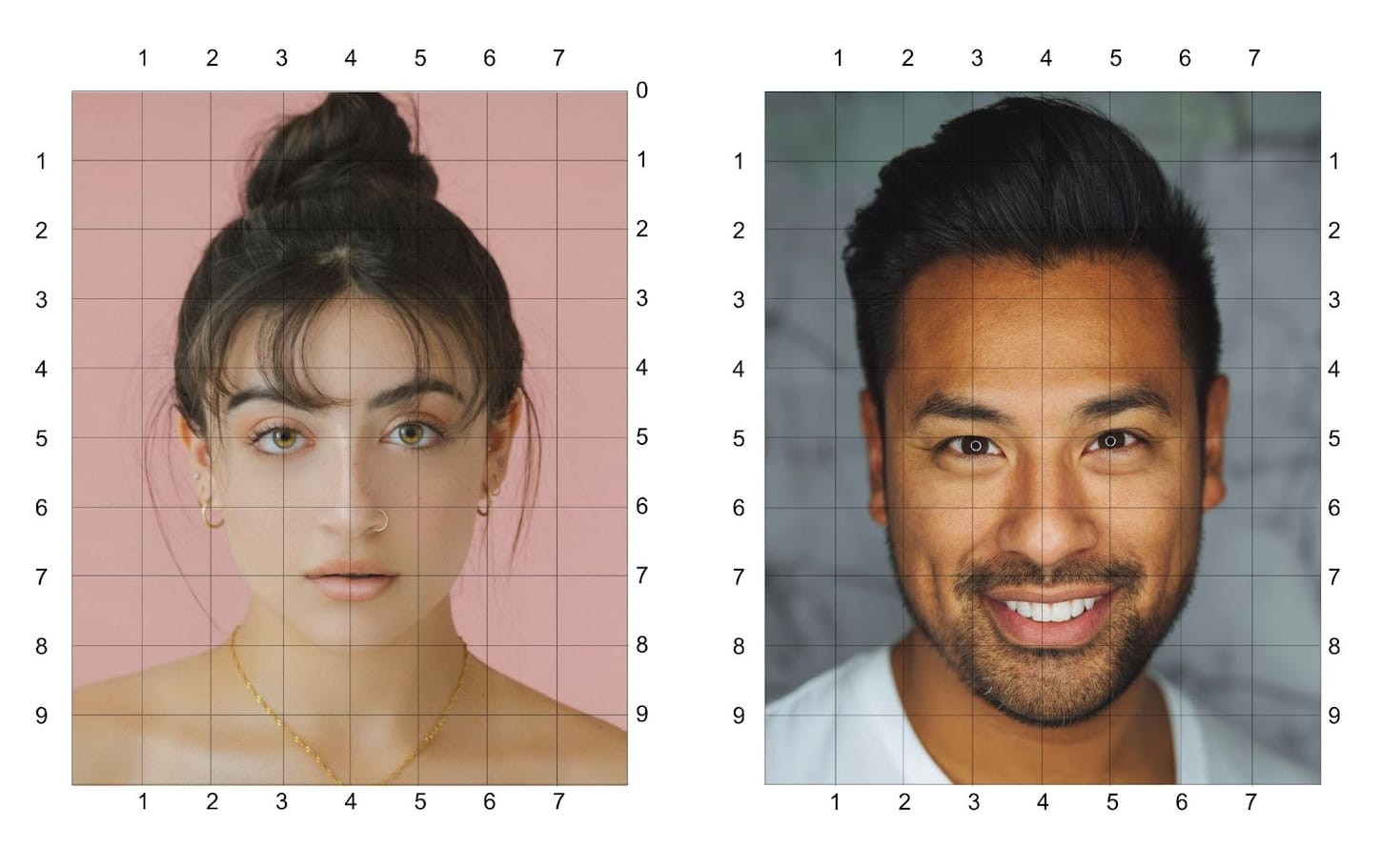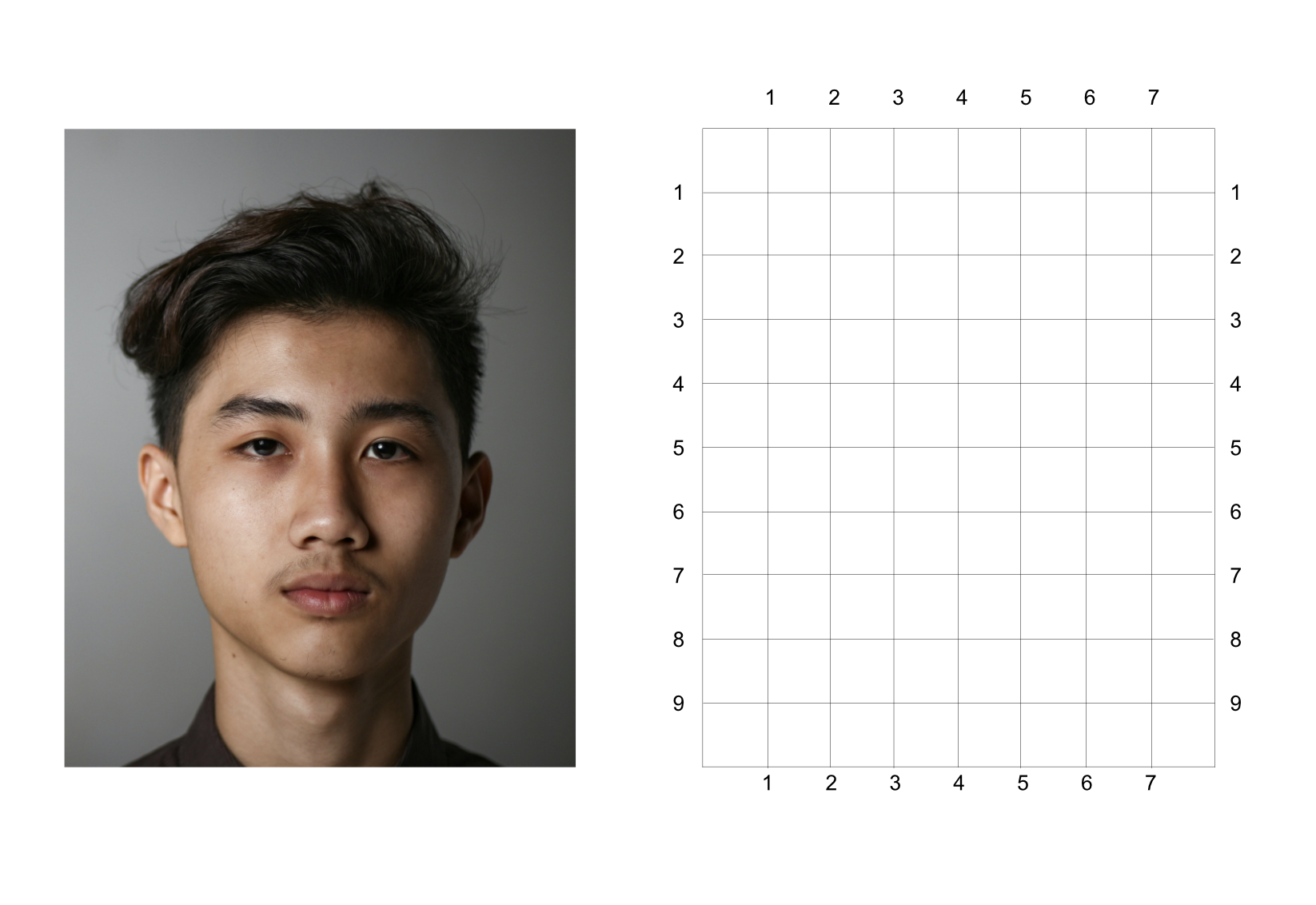Learn To Draw With ATVBT
I've been learning to draw portraits this year, and thinking a lot about what deliberate practice for drawing looks like.
One of the big problems with portraiture is learning to draw things as they actually are, not how you imagine they "ought" to be. (Any analogies with the rest of life is left as an exercise for the reader).
Since your brain is very attuned to human faces, if you draw a face wrong it will be painfully obvious. And yet, it's incredibly hard to make your hand draw faces with the sizes, proportions and positions that nature actually created.
There are lots of rules of thumb available online – e.g. in a straight-on portrait the eyes are often halfway down the face, which is far lower than you naively think they are – and various techniques involving rice knuckle rules.
But I wanted a method more in line with the principles of Deliberate Practice: i.e. something where I could practice, see specific details of where I went wrong, then revise and try again.
So I came up with the ATVBT Drawing Method.
The easy version involves copying a photo with the grid overlaid, training your brain in the relative size and positions of various features, and paying active attention to the ways the features differs from where you thought they were.

The hard version involves drawing onto a grid from an unmarked photo, then later checking your work against the gridded image and noting which features you got wrong and how.

If you'd like to try it at home, here is a googledoc with the material you need – let me know in the comments if you have thoughts or suggestions.